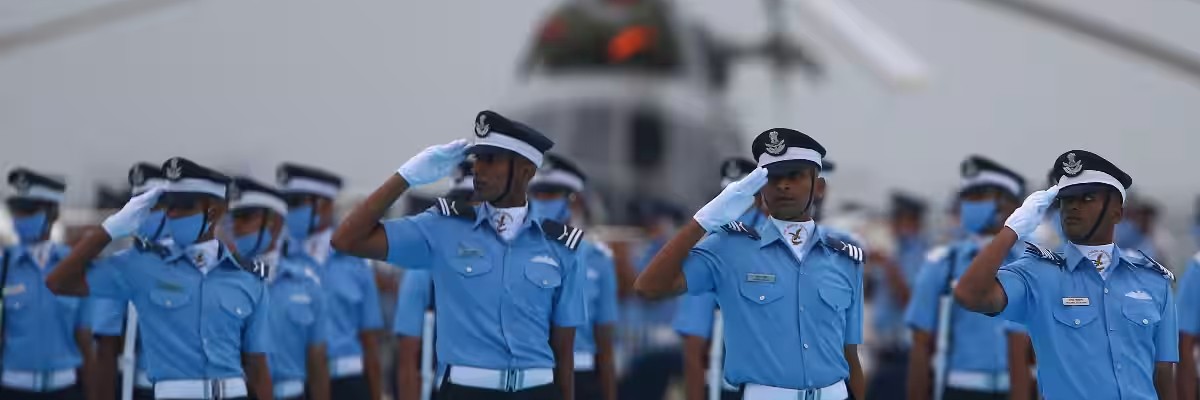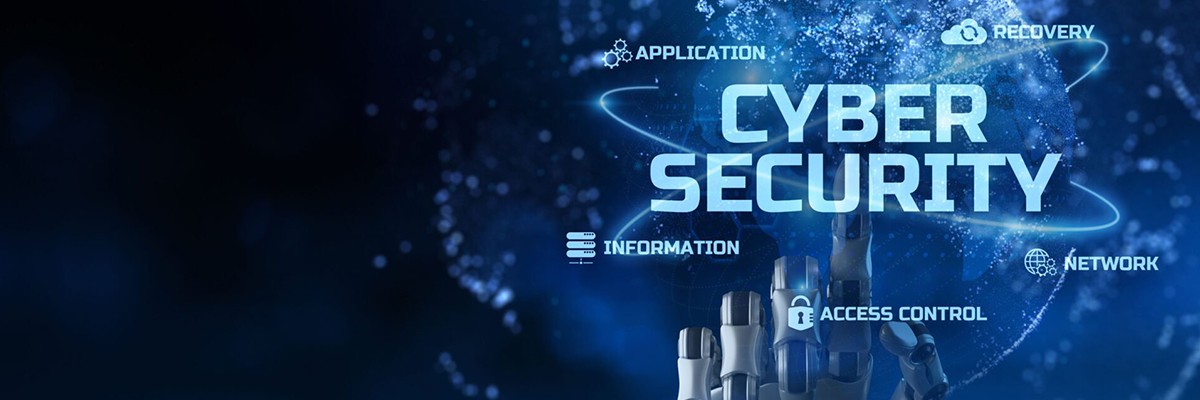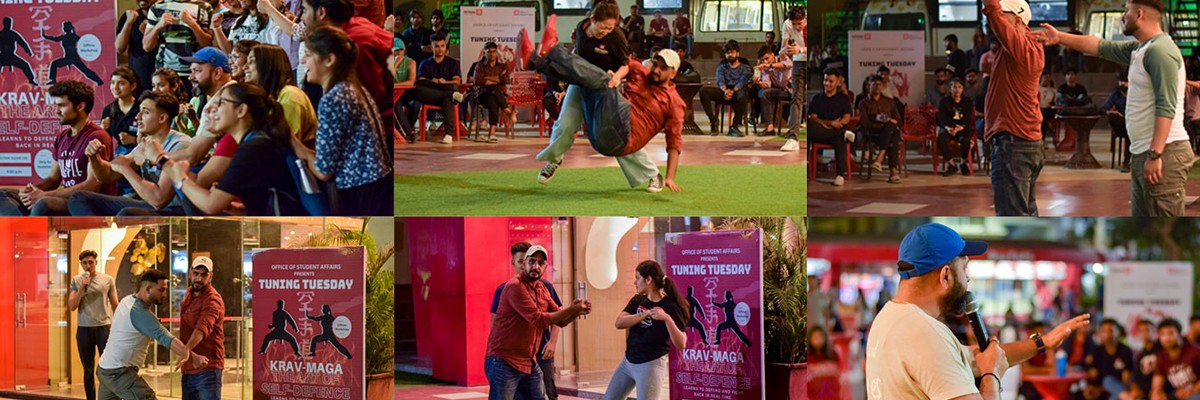Exploring the Indian Security Force Academy

Exploring the Indian Security Force Academy
In the realm of safeguarding national boundaries and ensuring internal security, the role of a well-trained and disciplined force is paramount. The Indian Security Force Academy (ISFA) stands as a testament to India's commitment to producing exceptional military and paramilitary personnel capable of meeting the diverse and evolving challenges facing the nation. This article delves into the history, training methodologies, and overall significance of the Indian Security Force Academy in shaping the defenders of the nation.
Historical Perspective
The genesis of the Indian Security Force Academy can be traced back to the pre-independence era when various military academies were established to meet the growing demand for trained personnel. However, it was only in 1947, with the birth of independent India, that the need for a centralised academy was keenly felt. The Indian Security Force Academy, headquartered in Dehradun, Uttarakhand, was formally established in [year], bringing together the training programs of various defence and paramilitary forces under one umbrella.
The academy, often referred to as the 'cradle of courage,' has since played a pivotal role in shaping the character and capabilities of officers across multiple branches, including the Army, Navy, Air Force, Central Armed Police Forces (CAPFs), and the Indian Police Service (IPS).
Infrastructure and Facilities
The ISFA boasts state-of-the-art infrastructure and world-class facilities to provide a conducive environment for comprehensive training. Spread across a vast expanse of land, the academy includes training grounds, firing ranges, obstacle courses, simulation facilities, classrooms, and accommodation for trainees. The infrastructure is designed to simulate real-world scenarios, ensuring that trainees are exposed to a wide range of challenges, preparing them for the dynamic nature of their roles.
Training Methodologies in Indian Security Force Acadamy
Military Training
Basic Military Training: The foundation of an officer's journey begins with rigorous basic military training. Trainees undergo physical conditioning, weapon handling, drill exercises, and map reading to instil discipline and foster a sense of camaraderie.
Tactical Training: The ISFA emphasizes tactical training to equip officers with the skills needed to operate in diverse and challenging terrains. This includes specialized training in mountain warfare, jungle warfare, and urban warfare.
Leadership Development: Leadership is a core component of an officer's role. The academy focuses on developing leadership qualities through practical exercises, command tasks, and leadership drills. Trainees are taught to make strategic decisions under pressure, fostering the ability to lead from the front.
Paramilitary and Police Training
Crowd Control and Riot Management: Given the diverse roles of the Central Armed Police Forces and police services, the ISFA incorporates specialized training in crowd control and riot management. This includes non-lethal methods of handling civil unrest and maintaining law and order.
Counter-Terrorism Operations: With the rise of asymmetric threats, the academy places a strong emphasis on counter-terrorism training. Trainees undergo simulations and exercises to enhance their ability to respond effectively to terrorist incidents.
Academics
In addition to practical training, the ISFA significantly emphasises academic education. Officers are exposed to a wide array of subjects, including military strategy, national security, international relations, and human rights. This multidisciplinary approach ensures that officers are well-rounded individuals capable of understanding the complexities of their roles in a broader context.
Integration of Technology
The ISFA embraces technological advancements to enhance training methodologies. Simulation technologies, virtual reality, and cutting-edge equipment are incorporated to create realistic training scenarios. This integration of technology not only keeps the training curriculum relevant but also prepares officers for the modern battlefield, where technology plays a crucial role.
International Collaborations
To stay abreast of global best practices, the ISFA actively engages in collaborations with military academies and institutions worldwide. This exchange of knowledge and experiences enhances the academy's training curriculum and exposes officers to international perspectives, fostering a global outlook among the trainees.
Challenges and Evolving Roles
As the security landscape evolves, so do the challenges faced by the Indian Security Force Academy. The academy must continually adapt its training methodologies to address emerging threats, such as cyber warfare, hybrid warfare, and biosecurity challenges. The emphasis on intelligence gathering and analysis is increasingly becoming integral to the training curriculum, reflecting the changing nature of security threats.
Impact and Contributions
The graduates of the Indian Security Force Academy have left an indelible mark on the nation's history. They have played pivotal roles in defending the country during times of war, responding to natural disasters, and maintaining law and order. The academy's alumni have excelled not only in the military but also in various fields, contributing to the nation's development and progress.
Conclusion
In conclusion, the Indian Security Force Academy stands as a bastion of excellence in training the guardians of India's security. From its historical roots to its modern-day adaptations, the academy continues to play a pivotal role in shaping the character, skills, and leadership qualities of the officers who serve the nation selflessly. As India faces an ever-evolving security landscape, the Indian Security Force Academy remains a beacon of valour, producing individuals ready to meet the challenges of the future head-on.


